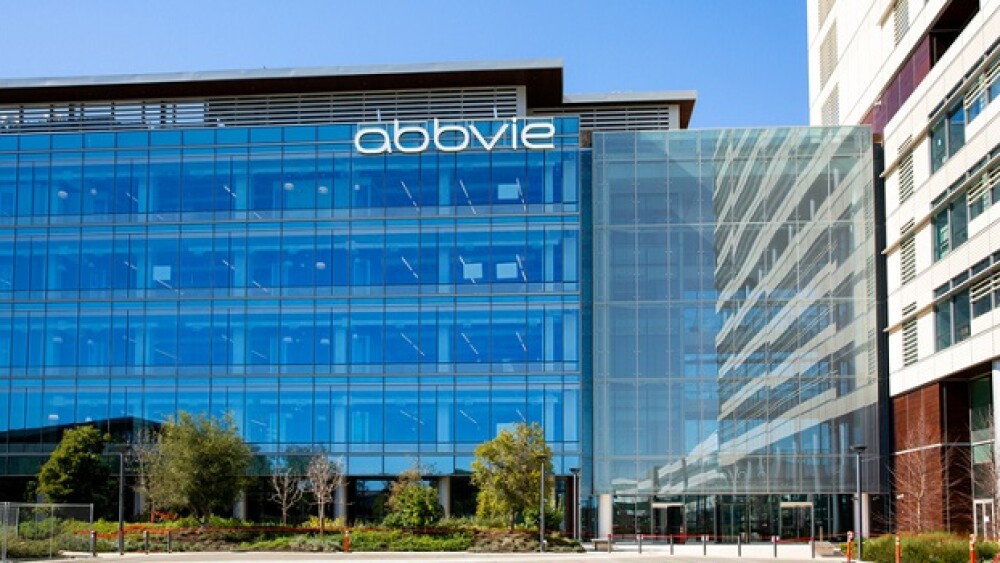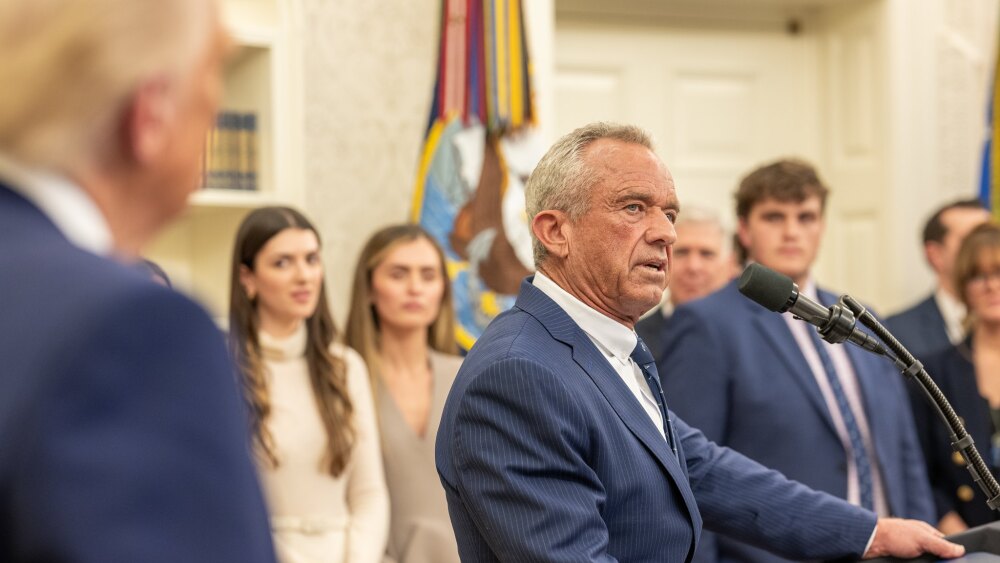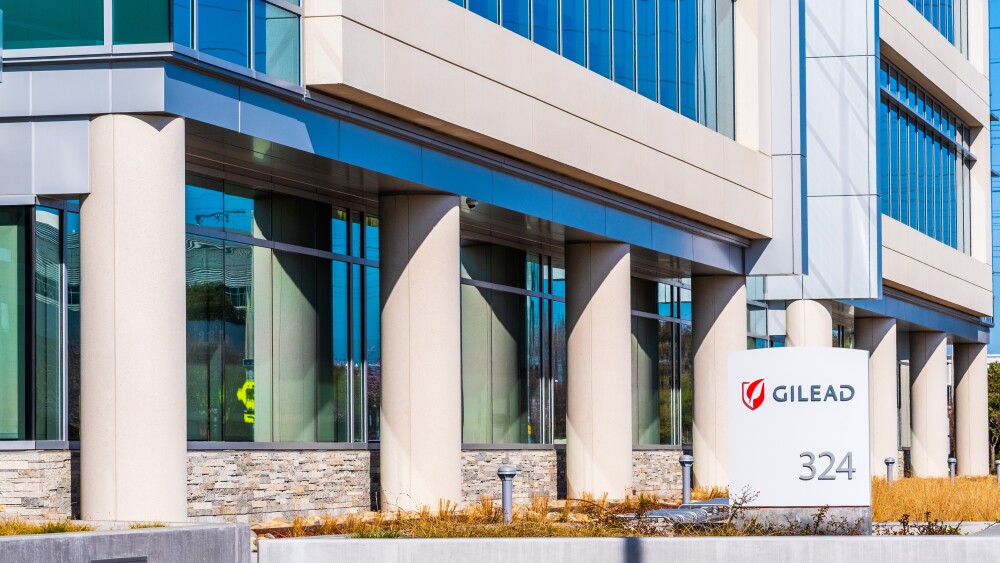The California biotech aspires to be a catalyst for the acceleration of gene therapy across a range of therapeutic areas, beginning with three serious neurodegenerative disease targets.
Capsida Chief Executive Officer, Robert Cuddihy, M.D./Photo courtesy of Capsida Biotherapeutics Inc.
Gene therapy innovator, Capsida Biotherapeutics Inc., made a splashy entrance into the biotech market this morning, launching with the backing of AbbVie, along with $50 million in Series A funds from Versant Ventures and Westlake Village BioPartners.
The California biotech aspires to be a catalyst for the safer acceleration of gene therapy across a range of therapeutic areas, beginning with three serious neurodegenerative disease targets.
With a novel adeno-associated virus (AAV) platform that uses machine learning, structural biology, non-human primate models, and human tissue models to precisely target desired tissue types, Capsida was beating off potential strategic partners with a stick.
“We’ve had immense interest from everybody big and small, so it was a very competitive process and we were very strategic in trying to choose a single big partner. We have our internal pipeline, but we wanted to also leverage some of the expertise in another company and AbbVie was the right strategic choice,” said Capsida chief executive officer, Robert Cuddihy, M.D. “They’re bringing to the table some really innovative cargo and the IP they have around it, and their resources to really combine so that we can attack other indications earlier on.”
Capsida’s high-throughput engineering and cargo development platform emanates from the pioneering research of Capsida co-founder and Director Caltech’s Center for Molecular and Cellular Neuroscience, Viviana Gradinaru. It is designed to improve the safety, specificity, and reach of gene therapies for a wide range of currently inaccessible disease targets.
Gene therapy has clear potential across the spectrum, but successes in the space have also highlighted deficiencies.
“Fortunately, there have been more demonstrations of success with AV gene therapy, but unfortunately, also some examples of the safety issues which are really driven by the insufficient profiles of the first-generation vectors. I think Capsida, and the ability to generate these novel capsids with improved transduction efficiency, will be able to take gene therapies into tissues that haven’t been tackled before. That is a really valuable proposition for the industry,” said Versant managing director and Capsida board member, Clare Ozawa, Ph.D.
While AAVs are an excellent vehicle to deliver genetic therapies because they don’t cause as strong an immune reaction or significant human disease compared to other viruses, they have their limitations.
“The problem is, the wildtype [AAVs] don’t have the selectivity and hit a broader array of cell types, and also don’t transduce, or convert, enough of those cells. So that’s where I think our platform really makes a difference,” explained Cuddihy.
The multi-year strategic collaboration with AbbVie is worth $90 million in up front and equity investment capital in addition to potential future option, development and commercial milestone payments. In combination with the commitment from Versant and Westlake, Capsida now has $140 million to put into advancing its programs.
“We’re growing rapidly, so we can do many experiments and really drive the science forward,” said Cuddihy. “Obviously, this is going to put that on steroids, and we’ll be able to accelerate discoveries even more quickly.
Capsida’s overall approach, including the construction of its own CMP manufacturing facility – rare for a biotech start-up – is aimed at improving the efficiency and cost-effectiveness of gene therapy.
“Because the delivery vehicle, the AAV modified highly targeted delivery vehicle is going to be able to get to the right organ and the right cells, and not to the wrong tissues, we should be able to deliver it lower doses. So that’s the beginning of where you could start to see efficiencies,” said Westlake founding managing director, Beth Seidenberg. “Put on top of that real process innovation and improvements and that’s how we make things more cost-efficient.”






